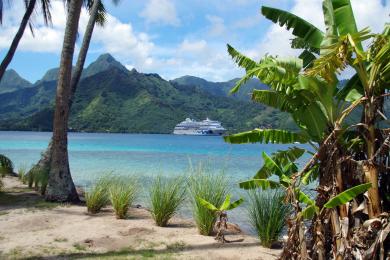Overview
The oceanic whitetip shark (Carcharhinus longimanus) belongs to the requiem shark family (Carcharhinidae). They are characterized by their distinctive white tips on their fins, particularly the first dorsal fin, pectoral fins, and the upper and lower lobes of the caudal fin. This coloration sets them apart from other similar species, such as the silky shark (Carcharhinus falciformis), which has a more uniform gray coloration. Oceanic whitetip sharks also have a more robust body shape compared to silky sharks, with a shorter snout and a more rounded head.
Commonly found in:
- Australia
- South Africa
- New Zealand
- Brazil
- United States
- Mexico
- Cuba
- Bahamas
- Dominican Republic
- Indonesia
- Philippines
- Japan
- India
- Maldives
- Seychelles
Over the past 82 years, there have been 29 recorded attacks by Oceanic Whitetip Sharks. Of these attacks, they have occurred at sea and at the following beaches:
Size and Weight
- Size: Females average 7-11 feet when mature; males average 6-9 feet when mature
- Weight: Females typically weigh 370-500 pounds; males typically weigh 170-290 pounds
- Swimming speed: Both sexes cruise at 1-2 mph, with bursts up to 20 mph
Interaction with Humans
- Interaction with Humans: Aggressive, known to approach divers and boats
- Avoidance: Stay out of open ocean waters, avoid areas with fishing activity
- Activity: Most active during day and night, with peak activity at night
Lifespan and Diet
- Lifespan: Females live 18-25 years; males live 13-19 years
- Diet: Fish, squid, and marine mammals; opportunistic hunter that follows schools of tuna and mackerel
Migratory Patterns
Oceanic Whitetip Sharks exhibit seasonal migrations. They typically move towards higher latitudes in warmer months and return to lower latitudes in cooler months. In the western North Atlantic, they migrate from the Gulf of Mexico to the mid-Atlantic Bight off the coast of the United States. In the Pacific, they travel between Hawaii and the eastern Pacific near Central America. Some populations also migrate between the Bahamas and the Gulf of Mexico.







